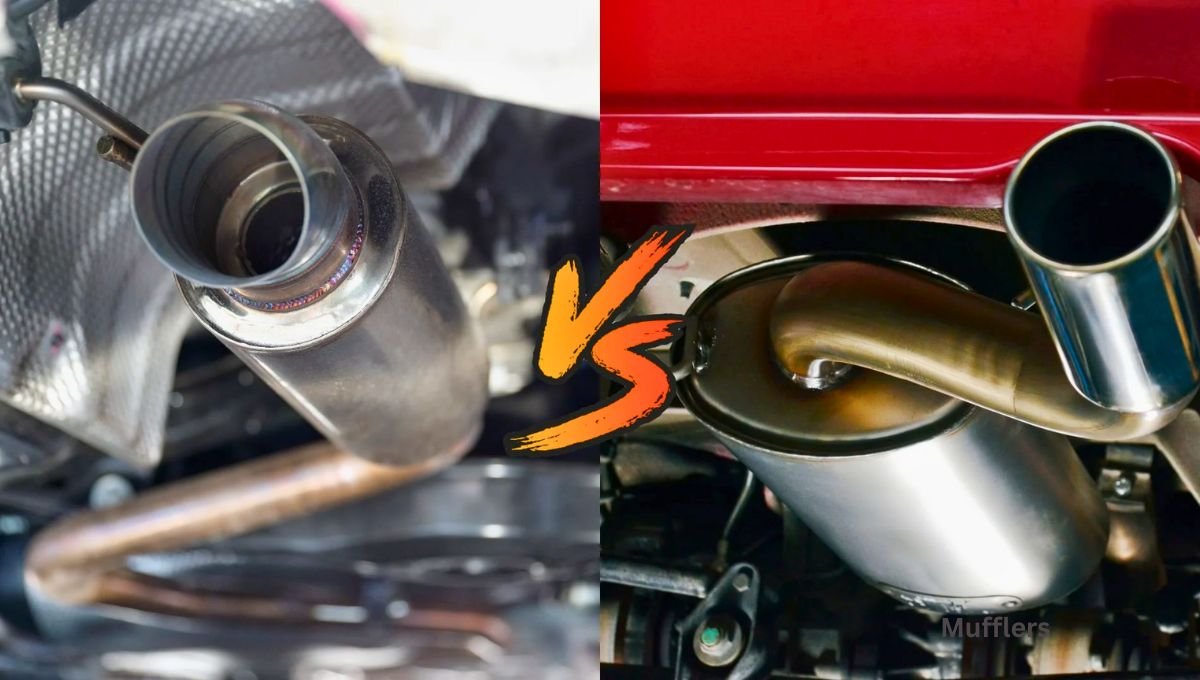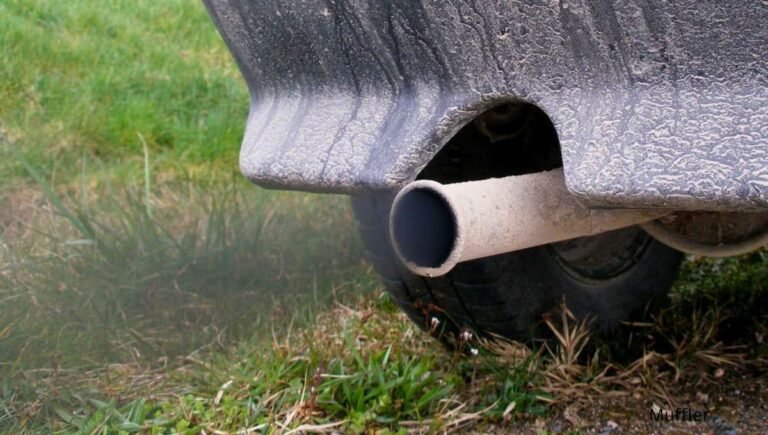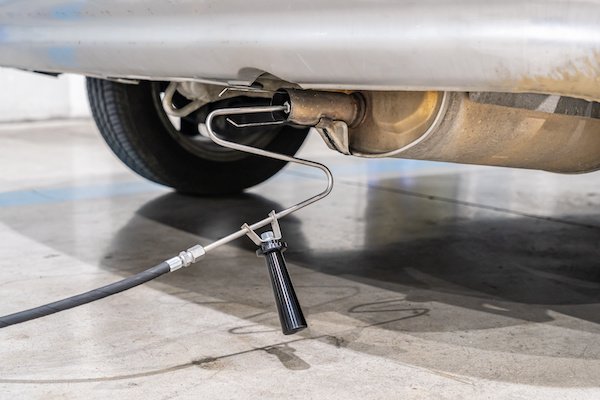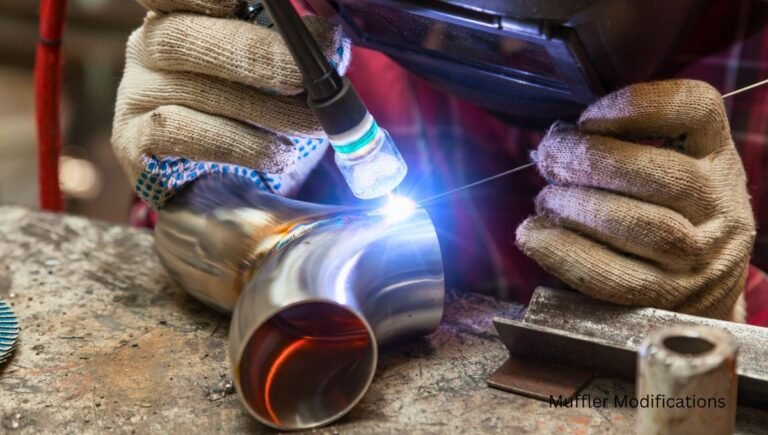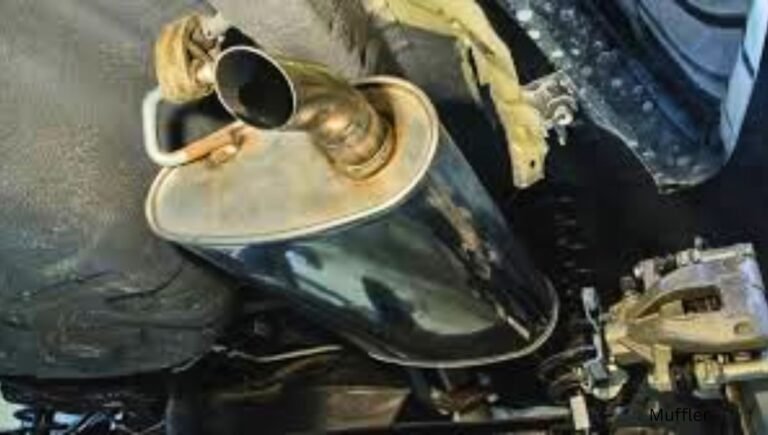Does a Resonator Count As a Muffler? Unveiling the Truth!
Yes, you can count a resonator as a type of muffler. Resonators and mufflers both work to reduce the noise produced by a vehicle’s exhaust system.
A resonator specifically targets and cancels out certain sound frequencies, while a muffler uses a combination of absorption, reflection, and expansion to reduce overall noise levels. Although they serve slightly different functions, both resonators and mufflers are important components of a vehicle’s exhaust system.
Without them, the vehicle would produce loud and potentially harmful levels of noise pollution. We will take a closer look at resonators, their purpose, and how they differ from mufflers. We will also explore the benefits of installing a resonator on your vehicle, as well as some potential drawbacks.
Resonator Vs. Muffler: Clearing The Confusion
Exploring the distinction between a resonator and a muffler can help clarify their roles in a vehicle’s exhaust system. While a resonator and muffler both reduce noise, a resonator focuses on eliminating specific frequencies, whereas a muffler aims to silence overall exhaust noise.

Primary Functions
– Resonators reduce exhaust noise without restricting airflow.
– Mufflers minimize noise and control exhaust flow dynamics.
Design And Construction Differences
– Resonators use chambers to cancel out sound waves.
– Mufflers contain sound-deadening materials like fiberglass.
Resonators and mufflers serve distinct purposes in a vehicle’s exhaust system. While resonators primarily focus on noise reduction without affecting airflow, mufflers aim to both minimize noise levels and manage exhaust flow dynamics.
The design and construction of these components also differ significantly. Resonators utilize chambers that are specifically engineered to cancel out specific sound waves, while mufflers incorporate sound-deadening materials such as fiberglass to achieve noise reduction.
Sound Control In Automotive Exhaust Systems
A resonator is not a muffler; it is a component in exhaust systems that helps reduce noise levels without affecting performance. While mufflers primarily reduce noise, resonators work to cancel out specific sound frequencies for a quieter driving experience.
The Role Of Resonators
Resonators are vital components in automotive exhaust systems, designed to reduce noise and enhance engine performance. These cylindrical or box-shaped devices are typically installed in the exhaust system, working in conjunction with the muffler to minimize sound emissions. By using sound waves to cancel out specific frequencies, resonators effectively dampen the exhaust noise, contributing to a more pleasant driving experience.
How Mufflers Reduce Noise
Mufflers play a crucial role in minimizing the sound produced by the engine and exhaust system. Inside the muffler, a series of chambers and baffles work together to reflect and cancel out the sound waves generated by the engine. This process effectively reduces the overall noise emitted by the vehicle, ensuring a quieter and more enjoyable driving experience for both the occupants and surrounding environment.
Performance Impacts
Yes, a resonator is considered part of the exhaust system and is designed to reduce noise, similar to a muffler. However, while a resonator can impact the sound of the vehicle, it does not necessarily provide the same level of noise reduction as a muffler.
When it comes to the performance of a vehicle, the exhaust system plays a significant role. The exhaust system comprises various components, including the muffler, resonator, catalytic converter, and pipes.
The muffler and resonator are responsible for reducing the noise produced by the engine. However, some people argue that the resonator is a type of muffler and performs the same function. In this section, we will discuss the performance impacts of using a resonator instead of a muffler.
Exhaust Flow And Backpressure
Exhaust flow and backpressure are two crucial factors that affect engine performance. It refers to the amount of exhaust gases that can exit the engine. Backpressure is the resistance the engine faces while pushing the exhaust gases out. The muffler and resonator affect both exhaust flow and backpressure.
A muffler reduces exhaust noise by creating a series of chambers that reflect the sound waves. However, this process also creates backpressure, which can reduce engine performance. On the other hand, a resonator uses a straight-through design that allows for better exhaust flow. This design reduces backpressure and improves engine performance.
Influence On Engine Efficiency
The muffler and resonator also influence engine efficiency. Engine efficiency refers to the amount of power the engine can produce per unit of fuel consumed. The muffler’s backpressure can reduce engine efficiency by making it harder for the engine to push out exhaust gases. In contrast, a resonator’s straight-through design reduces backpressure and allows for better engine efficiency.
In conclusion, a resonator does not count as a muffler, but it performs a similar function. A resonator can improve engine performance and efficiency by reducing backpressure and allowing for better exhaust flow. However, it may not reduce noise as effectively as a muffler. Ultimately, the choice between a muffler and resonator depends on personal preference and the desired performance outcomes.
Installation Considerations
A resonator is not considered a muffler in terms of its function in a vehicle’s exhaust system. While a muffler is designed to reduce noise, a resonator is meant to improve engine performance by eliminating unwanted sound frequencies. Therefore, it is important to consider the specific role and purpose of each component during installation.
Compatibility With Vehicle Models
Before installing a resonator on your vehicle, it is crucial to consider its compatibility with your specific vehicle model. Resonators are designed to work with certain types of mufflers and exhaust systems, so ensuring a proper fit is essential for optimal performance.
Consult your vehicle’s manufacturer or a trusted mechanic to determine if a resonator is compatible with your vehicle model. They can provide valuable insights and recommendations based on your vehicle’s specifications.
Installation Process
The installation process of a resonator involves several steps to ensure a secure and effective fit. While it is recommended to have the installation performed by a professional, if you have sufficient knowledge and experience, you can attempt it yourself. However, it is important to note that improper installation can lead to leaks, decreased performance, and potential damage to your vehicle.
Here is a general outline of the installation process:
- Begin by gathering all the necessary tools and equipment, including safety gear such as gloves and eye protection.
- Locate the section of the exhaust system where the resonator will be installed.
- Using a suitable cutting tool, carefully remove the existing section of the exhaust system to make space for the resonator.
- Ensure that the resonator is aligned properly with the exhaust system and securely attach it using clamps or welding, depending on the design.
- Double-check all connections and tighten any loose fittings to prevent leaks.
- Start the vehicle and listen for any unusual sounds or vibrations that may indicate a faulty installation.
Remember, it is always best to consult a professional if you are unsure about the installation process or if you lack the necessary tools and experience.
Legal And Environmental Regulations
When it comes to vehicle modifications, it is important to understand and comply with the legal and environmental regulations in place. This not only ensures your safety on the road but also helps protect the environment and maintain a harmonious relationship with your community. In the case of resonators and mufflers, it is crucial to consider two key aspects: emission standards compliance and noise pollution laws.
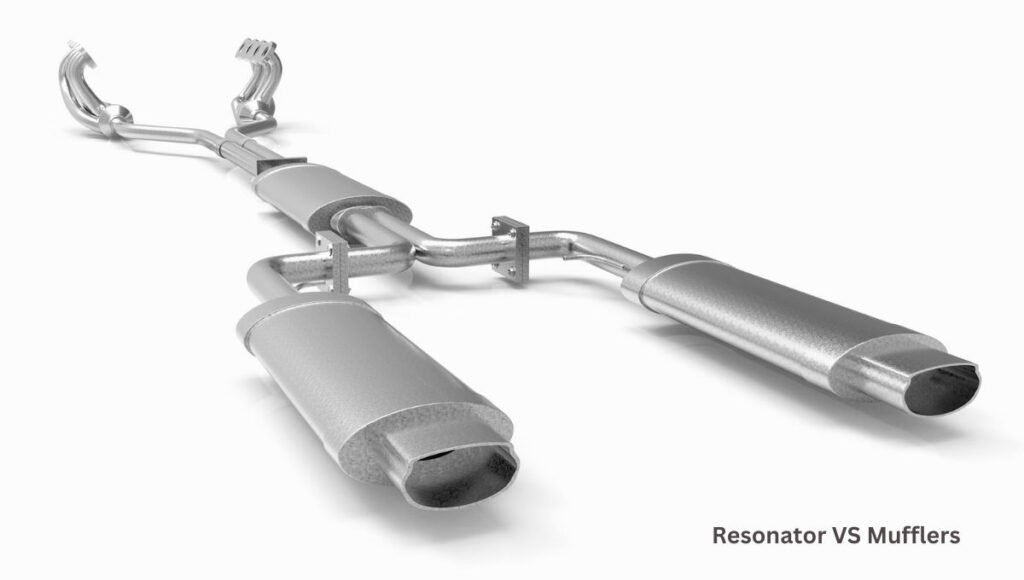
Emission Standards Compliance
Emission standards are regulations set by governing bodies to limit the amount of pollutants released into the atmosphere by vehicles. These standards aim to reduce air pollution and its harmful effects on human health and the environment. It is important to note that resonators and mufflers are primarily designed to reduce noise, not emissions. While they may have some impact on emissions, it is generally minimal and unlikely to significantly affect a vehicle’s compliance with emission standards.
| Emission Standards | Resonators | Mufflers |
|---|---|---|
| Euro 5 | Compliant | Compliant |
| Euro 6 | Compliant | Compliant |
| California Air Resources Board (CARB) | Compliant | Compliant |
As shown in the table, both resonators and mufflers generally comply with emission standards such as Euro 5, Euro 6, and the regulations set by the California Air Resources Board (CARB). However, it is important to check with local authorities or consult a professional mechanic to ensure compliance with specific regional emission standards.
Noise Pollution Laws
Noise pollution laws are in place to regulate the level of noise produced by vehicles and maintain a peaceful environment for residents. While resonators and mufflers are primarily designed to reduce noise, it is essential to ensure that the modifications made to your vehicle comply with local noise pollution laws.
| Region | Maximum Permissible Noise Level | Resonators | Mufflers |
|---|---|---|---|
| Region A | 80 decibels | Compliant | Compliant |
| Region B | 85 decibels | Compliant | Compliant |
| Region C | 90 decibels | Compliant | Compliant |
As depicted in the table, resonators and mufflers are generally compliant with noise pollution laws in various regions, with the maximum permissible noise levels varying between regions. However, it is crucial to research and understand the specific regulations and limits set by your local authorities to ensure compliance.
Aesthetic And Practical Preferences
Customization And Style
When considering the question of whether a resonator counts as a muffler, it’s essential to delve into the realm of customization and style. Drivers often seek to personalize their vehicles to reflect their individuality and taste. Whether it’s the sleek and understated look of a resonator or the more aggressive appearance of a traditional muffler, personal preferences play a significant role in the decision-making process.
Resale Value And Market Demand
Another crucial aspect to contemplate is the impact on resale value and market demand. Vehicle enthusiasts are always on the lookout for unique modifications that enhance a car’s appeal. Understanding the preferences of potential buyers and the trends in the aftermarket industry can influence the choice between a resonator and a muffler.
Maintenance And Durability
Resonators and mufflers have varying lifespans.
Resonators generally last 50,000 to 80,000 miles.
Mufflers can endure up to 100,000 miles.
- Excessive noise indicates a worn resonator or muffler.
- Rust and corrosion are red flags for replacement.
- Reduced engine performance may indicate issues.
Regular inspections help catch problems early.
The Verdict: Complementary Or Interchangeable?
The Verdict: Complementary or Interchangeable?
Situations Favoring Resonators
A resonator is ideal for reducing specific frequencies for enhanced sound quality.
It is commonly used in performance vehicles to improve exhaust flow.
- Enhances engine performance
- Reduces drone noise
When A Muffler Is Sufficient
A muffler is suitable for overall noise reduction in everyday driving.
It is effective in minimizing exhaust noise without impacting performance.
- Legal noise compliance
- Everyday driving scenarios
Conclusion
In essence, a resonator and a muffler serve different functions in the exhaust system. While a muffler is designed to reduce noise, a resonator is meant to cancel out specific sound frequencies.
Understanding the distinction between the two is crucial for maintaining and customizing your vehicle’s exhaust system effectively.

